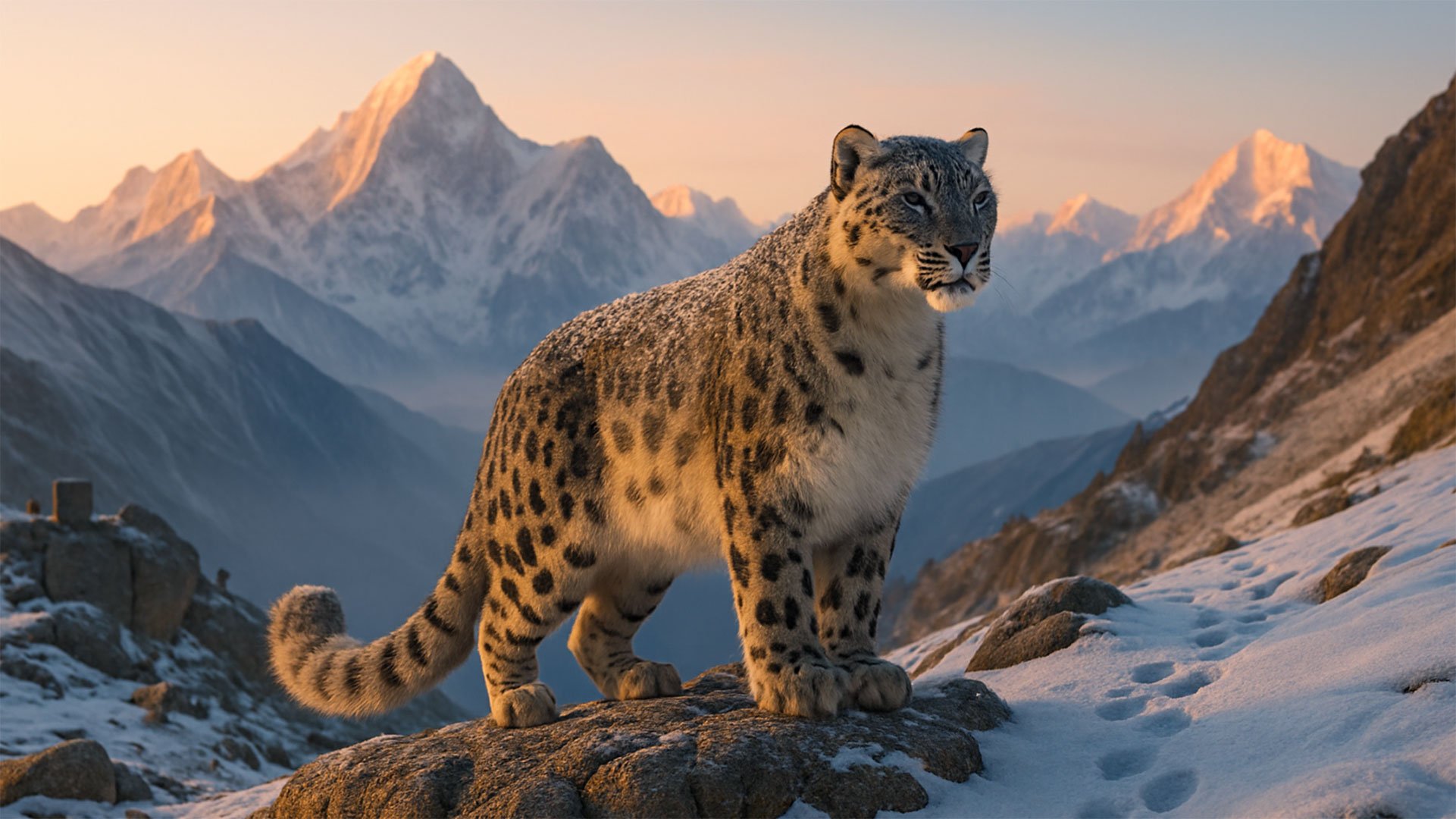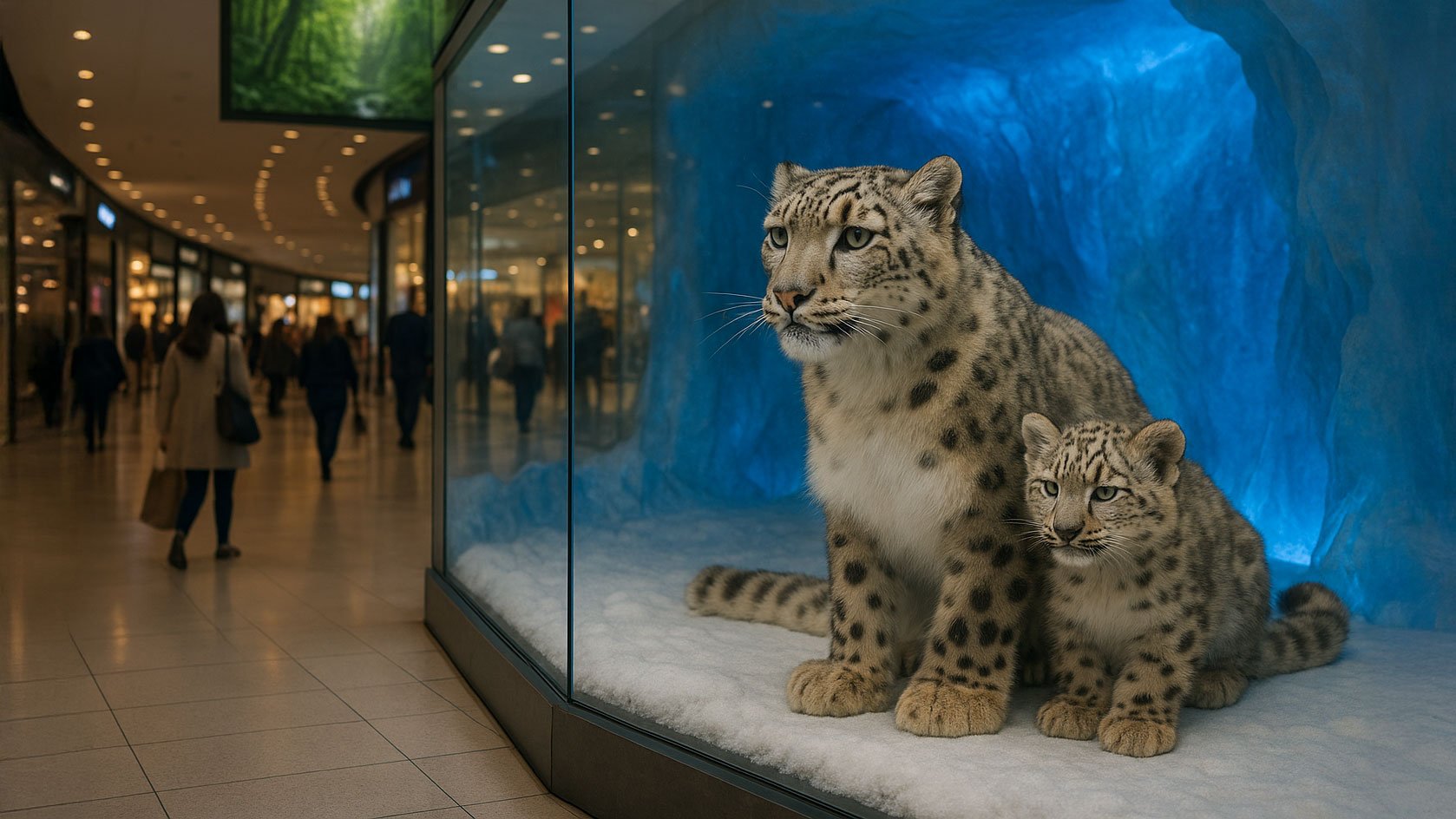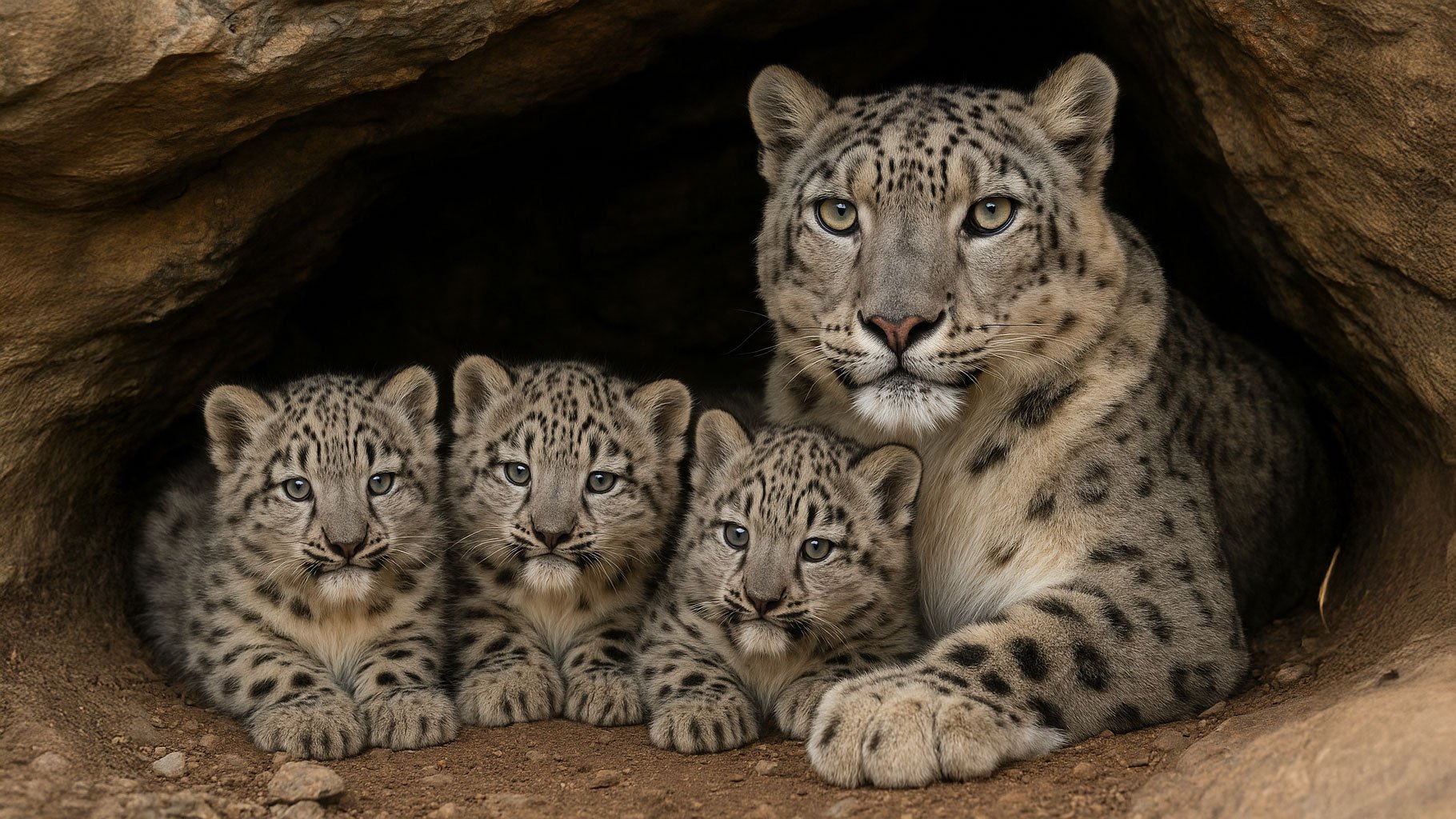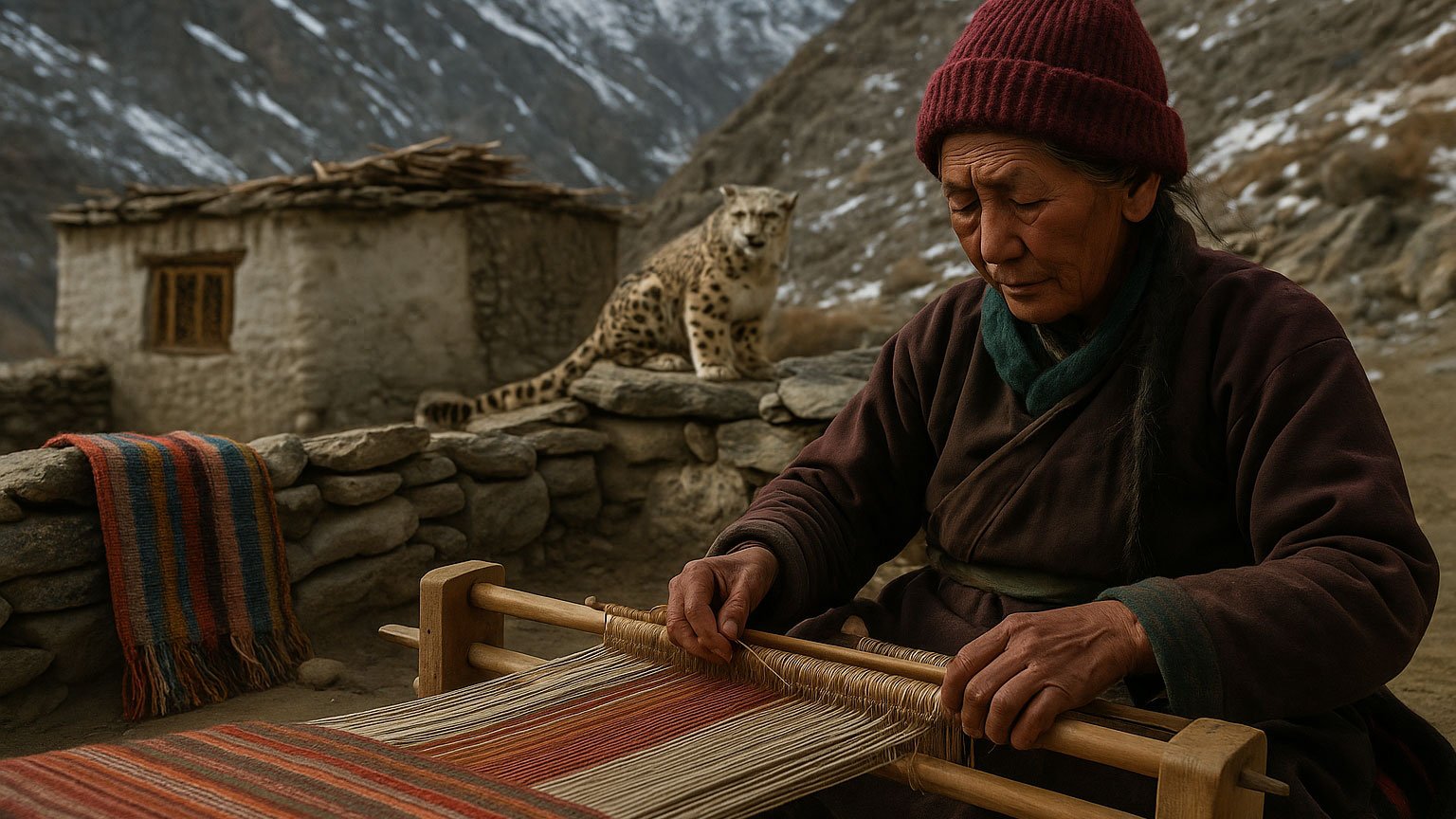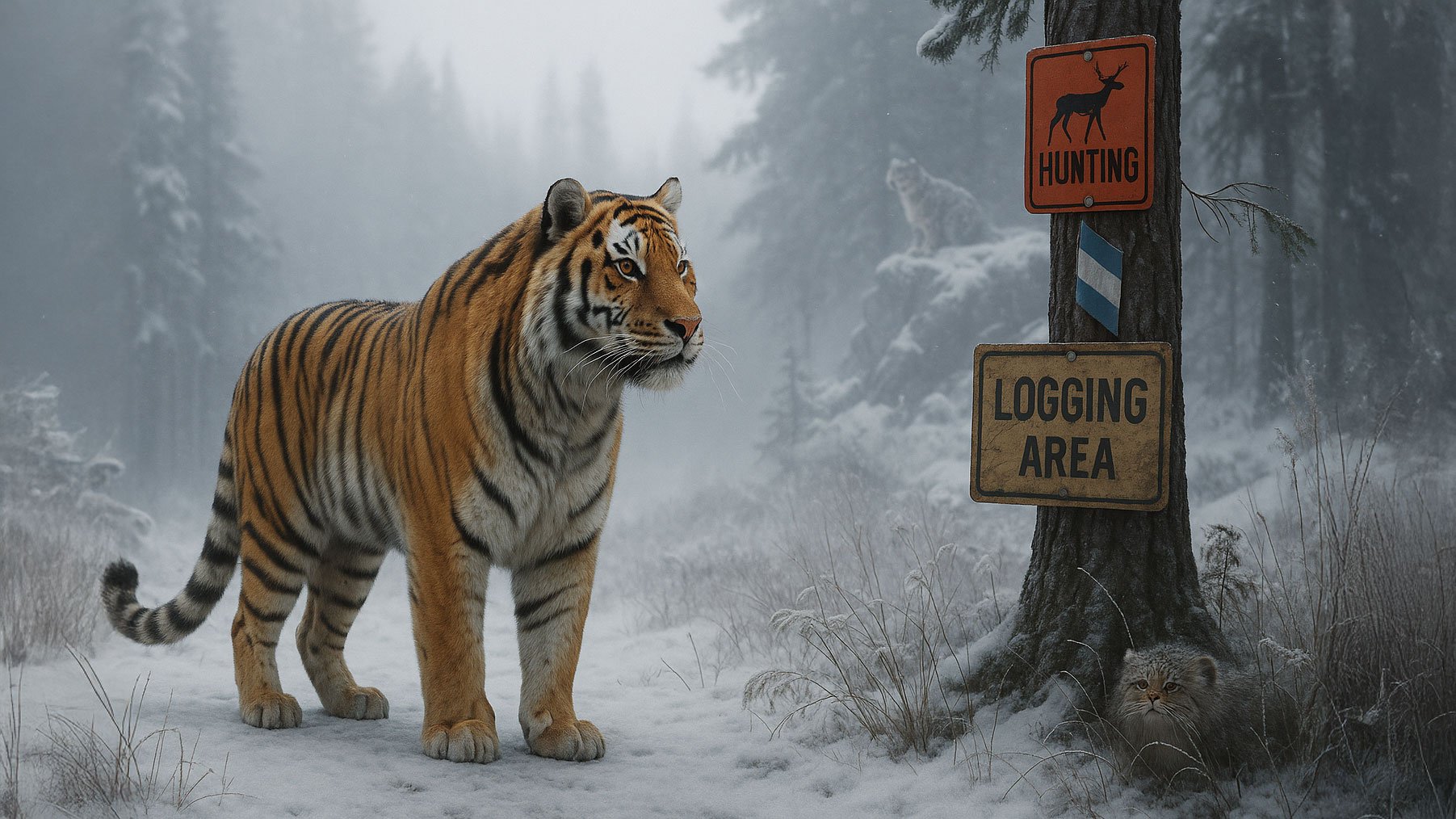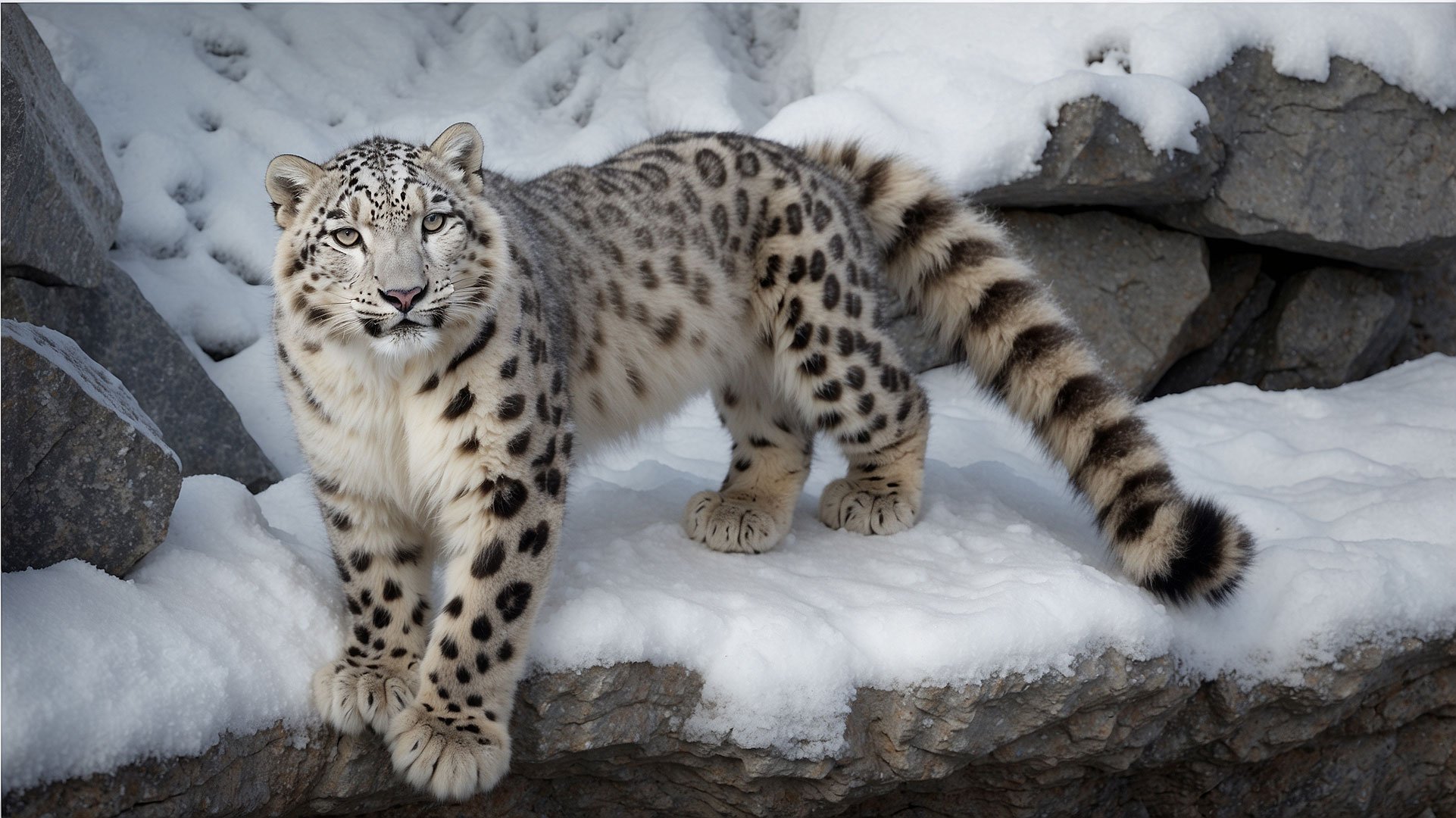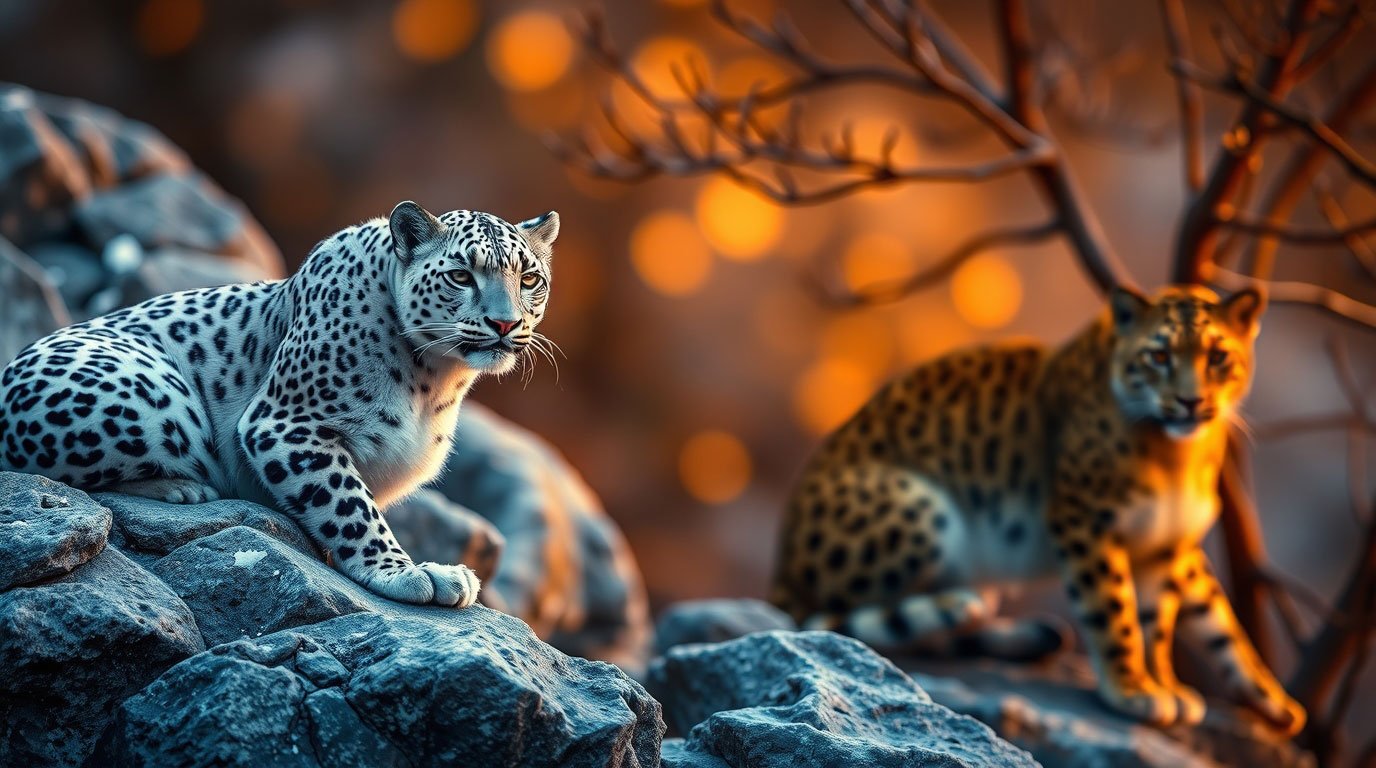Whispers in White: Nepal Reveals a Hidden Kingdom of Snow Leopards
High in the Himalayas, where the mountains cradle the stars and the rivers are born in ice, a legend has stirred — and stepped into the light.
For the first time ever, Nepal has announced a national estimate of its snow leopard population:
An astonishing 397 individual snow leopards, roaming wild and free across the country's remote mountain corridors.
This is not just a number — it’s a symbol of resilience, hope, and the power of community-driven conservation.
How Nepal Found Its Ghosts
Led by Nepal’s Department of National Parks and Wildlife Conservation and supported by WWF Nepal and local partners, the survey covered snow leopard habitats across protected areas, corridors, and non-protected regions, using cutting-edge science and deep community involvement (as described in the WWF Nepal article).
Although the article didn’t specify methods, national-scale surveys typically use camera traps and sign surveys (such as paw prints, scat, and scratch marks) — methods widely accepted in snow leopard research 【1】.
Similar recent studies in neighboring regions have deployed over 500 camera traps and documented hundreds of physical signs 【2】, suggesting Nepal’s effort was similarly exhaustive.
The result? A mean density of 1.57 snow leopards per 100 km² — one of the healthiest known densities for this vulnerable species in its natural range.
Why This Matters
Snow leopards are not just symbols of wildness — they are architects of balance in some of Earth’s most fragile ecosystems. As apex predators, they regulate prey populations like blue sheep and ibex, preventing overgrazing and protecting the alpine environment 【3】. These alpine regions, in turn, feed the rivers that sustain over a billion people downstream 【4】.
When we protect snow leopards, we protect ourselves.
Threats Still Loom
Yet, the shadows are never far away.
Climate change is steadily shrinking the snow leopards' cold, high-altitude habitat 【5】.
Poaching and conflict with livestock owners continue to claim lives.
Development projects threaten to fragment migration corridors 【6】.
The challenges are real. But so is the hope.
Nepal’s Conservation Leadership
This historic survey supports Nepal’s Snow Leopard Conservation Action Plan (2017–2021), and shows the world what is possible when governments, conservationists, and indigenous communities work together.
Nepal’s announcement sends a powerful signal: Conservation works.
The ghosts of the Himalayas are still with us — and they can endure, if we choose to walk with them.
What Can You Do?
Support trusted organizations funding wildcat conservation, like Big Cat Rescue.
Educate others about the vital role snow leopards play in global ecological health.
Make sustainable choices to combat climate change.
Every voice matters. Every step counts.
Let’s ensure that the whisper of the snow leopard remains not a memory, but a living, breathing part of our shared future.
📚 Footnotes:
【1】 Snow leopard surveys typically use camera trap grids and sign surveys — see Jackson & Hunter, 1996 and Snow Leopard Network survey guidelines.
【2】 For example, India's Hemis National Park snow leopard survey (2012-2014) used 556 camera traps.
【3】 Snow leopards are keystone species; apex predator dynamics in alpine ecosystems documented by McCarthy et al., 2017.
【4】 WWF Global reports: The Himalayas are the "water towers" for over 1.5 billion people in South Asia.
【5】 IPCC Special Report on Climate Change and Mountains, 2019.
【6】 Fragmentation threats documented in multiple reports, including WWF's Living Himalayas Initiative.
